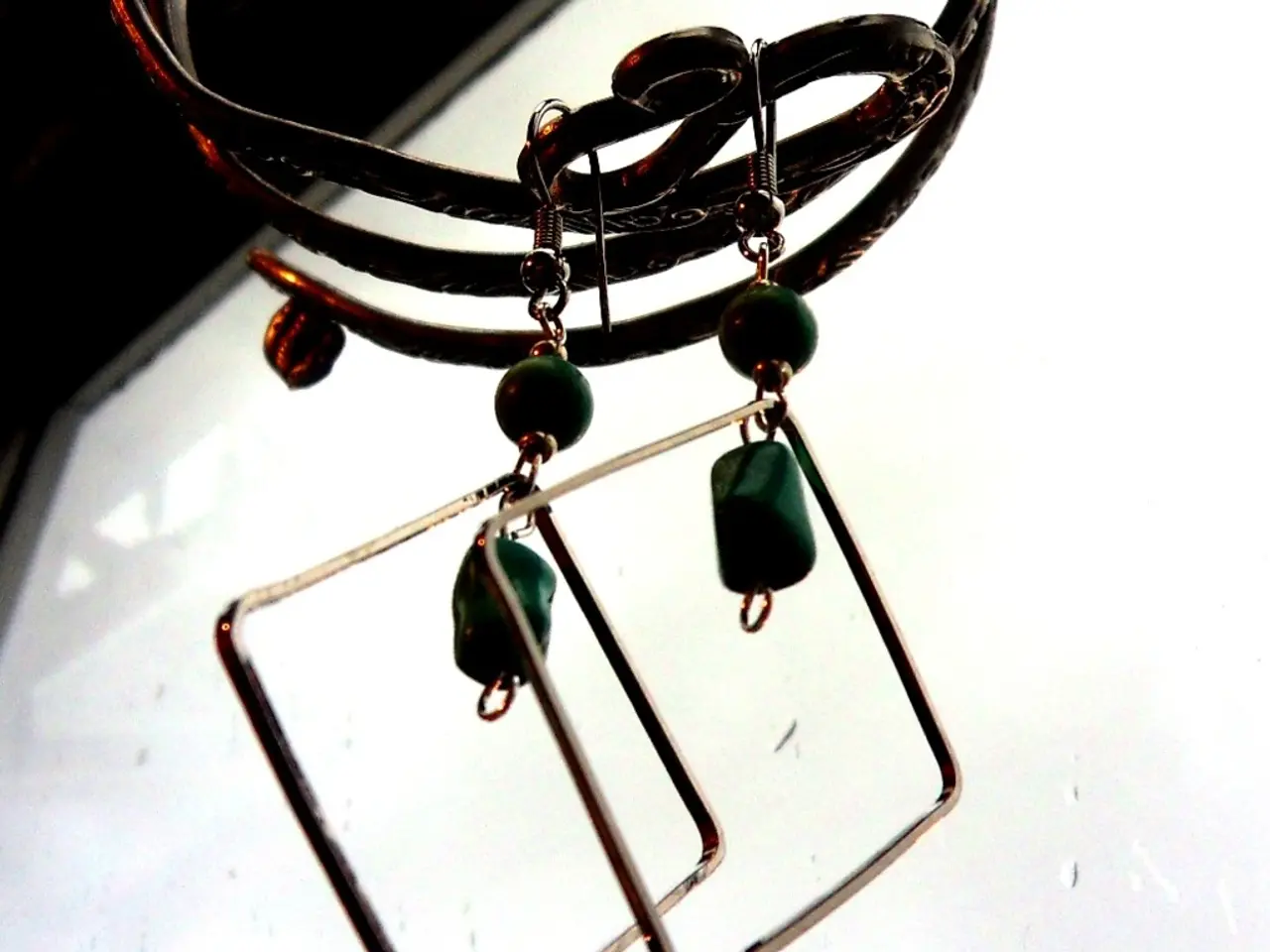Flight-Related Ear Discomfort: Avoidance, Treatment Strategies, and Additional Information
In the skies, a common discomfort experienced by many travellers is ear pain during flights, often referred to as ear barotrauma or aerotitis media. This condition arises due to an imbalance in the air pressure within the middle ear, which fails to equalize with the rapidly changing cabin pressure, particularly during takeoff and landing.
The causes of ear pain can be diverse, encompassing a range of health conditions such as thyroiditis, tuberculosis, dental infections, temporomandibular jaw disorders, sinusitis, certain head or throat cancers, tonsillitis, and ear infections. If you suspect an underlying health condition may be causing your earache, it's always a good idea to consult a doctor who can provide a prompt diagnosis and treatment according to the cause.
When it comes to flying, the common cold and upper respiratory tract infections can also cause ear pain. If you or a child are not feeling well, experts recommend delaying flights. However, if avoiding a flight is not feasible, drinking plenty of fluids, taking cold medications or decongestants before a flight, and discussing other treatments or prevention strategies with a doctor can help alleviate the discomfort.
Children may be more prone to earaches on planes due to an inability to swallow or yawn on command, more frequent upper respiratory infections, more tissue in the adenoids, and straight eustachian tubes. Parents or caregivers can help by encouraging chewing, swallowing, and yawning, providing fluids during take-off and landings, using a bulb syringe to help clear congestion, and waking up the child during take-off and landings.
The root cause of ear barotrauma is the dysfunction or delayed opening of the Eustachian tube, which connects the middle ear to the back of the nose and normally helps equalize ear pressure by allowing air to enter or leave the middle ear. When the Eustachian tube cannot open properly due to congestion, inflammation, or other factors, the pressure imbalance causes symptoms like ear pain, a blocked sensation, popping, and sometimes hearing changes.
This condition is often referred to as Eustachian Tube Dysfunction (ETD) when the tube fails to regulate pressure well. Symptoms may be accompanied by ear fullness, fluid sensation, popping sounds, and occasionally dizziness due to inner ear involvement.
Preventive and relieving strategies include yawning, swallowing, chewing gum to open the Eustachian tube, using nasal decongestants before flying, and specialized ear plugs.
In conclusion, ear barotrauma is a common issue faced by many travellers. By understanding its causes and taking preventive measures, you can ensure a more comfortable flight experience. Always consult a healthcare professional if you experience frequent ear pain or aching, as it could signify a sinus infection, ear infection, or other ear issues.
- Ear pain during flights, also known as ear barotrauma or aerotitis media, can be indicative of various medical conditions like thyroiditis, tuberculosis, dental infections, and ear infections.
- If a health condition might be causing your earache, it's essential to consult a doctor for a proper diagnosis and treatment.
- The common cold and upper respiratory tract infections can also lead to ear pain, making flying uncomfortable.
- In such cases, experts advise delaying flights if possible, but if not, drinking plenty of fluids, taking cold medications or decongestants, and discussing preventive strategies with a doctor can help.
- Children may be more susceptible to earaches on planes due to factors like an inability to swallow or yawn on command, more frequent upper respiratory infections, and straight eustachian tubes.
- Parents or caregivers can help by encouraging chewing, swallowing, and yawning, providing fluids during take-off and landings, using a bulb syringe to clear congestion, and waking up the child during take-off and landings.
- Ear barotrauma arises due to dysfunction or delayed opening of the Eustachian tube, which connects the middle ear to the back of the nose.
- If the Eustachian tube cannot open properly due to congestion, inflammation, or other factors, it can lead to a pressure imbalance, causing symptoms such as ear pain, a blocked sensation, popping, and sometimes hearing changes.
- This condition is known as Eustachian Tube Dysfunction (ETD) when the tube fails to regulate pressure effectively.
- Symptoms of ETD may include ear fullness, fluid sensation, popping sounds, and occasional dizziness due to inner ear involvement.
- Preventive and relieving strategies for ear barotrauma include yawning, swallowing, chewing gum, using nasal decongestants, and specialized ear plugs.
- To maintain overall health and wellness during travel, consider practicing fitness and exercise, ensuring skin care, managing mental health, and considering therapies and treatments like CBD for neurological disorders, lifestyle management, and skin conditions.





